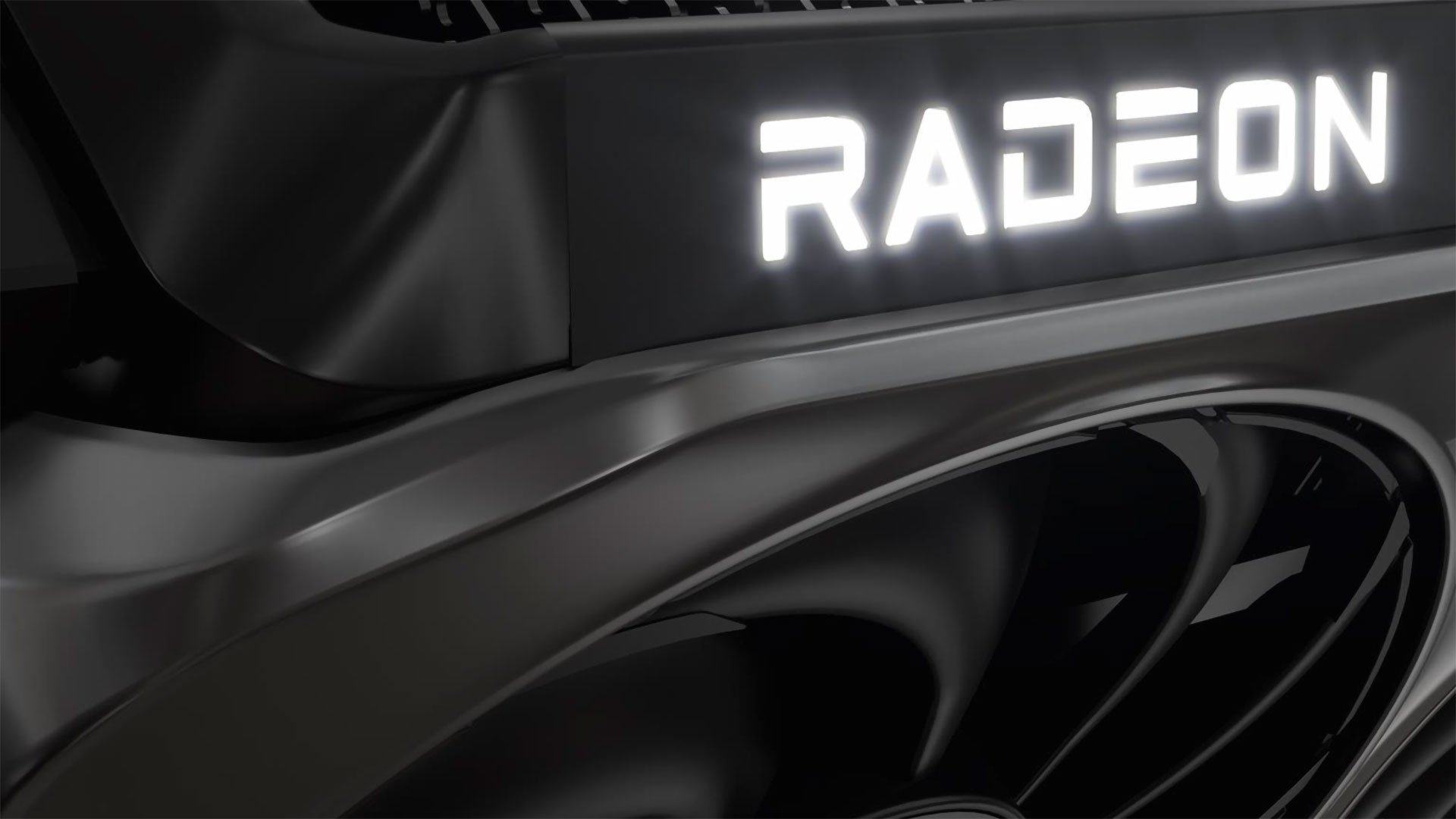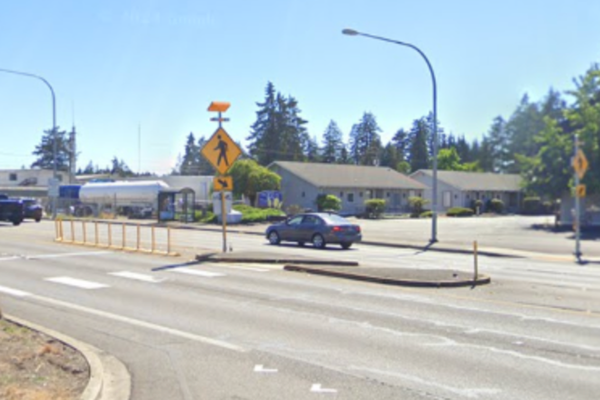
Measuring the VRAM impact of trees isn't something most people think about while gaming, but AMD researchers have figured out a way to reduce the VRAM footprint of 3D tree rendering by a whopping 666,352x. AMD researchers recently developed procedural tree generation with work graphs and mesh nodes to optimize tree rendering on video memory.
To demonstrate this, the AMD researchers showcased a 3D-rendered scene that requires only 51 KiB of data to generate. If the scene were rendered with conventional geometry, it would require 34.8 GiB to hold in video memory.
AMD researcher's real-time GPU tree generation system uses work graphs (w/ mesh nodes) for procedural tree generation. Without work graphs, the trees in the scene would have required 34.8 GiB of VRAM. With work graphs, only 51 KiBhttps://t.co/2YcWdOj5Lehttps://t.co/aDkZB08tksJune 23, 2025
This new VRAM-saving technique leverages a procedural generation technique that eliminates the need for a 3D geometry format altogether. The GPU utilizes work graphs and mesh nodes to produce 3D-rendered trees on the fly in the LOD (Level of Detail) required for the current frame.
With traditional techniques, video memory would be responsible for holding the geometry or polygon format of the trees themselves, which requires gigabytes of memory to store. By procedurally generating trees on the fly on the GPU, the only important data that needs to be held in VRAM is the generation code that tells the GPU how to generate trees in a scene. This code is only kilobytes in size by comparison.
This radically new rendering technique is yet another demonstration of the capabilities of work graphs. Work graphs enable the GPU to assign work to itself, significantly improving rendering efficiency in areas that previously relied on the CPU to do the heavy lifting. Work graphs are so flexible that 3D engines can run almost entirely on the GPU when used appropriately. Mesh nodes are an extension of work graphs that allow the GPU to issue draw calls to itself. Again, this shifts work from the CPU to the GPU.
Trees aren't the only objects that can be rendered with this paradigm. We can expect other objects, and possibly even textures, to be rendered this way in the future. Nvidia is already working on neural texture compression to reduce texture demands on video memory, but work graphs and mesh nodes provide another method of achieving the same goal (and will not be limited to Nvidia GPUs).







